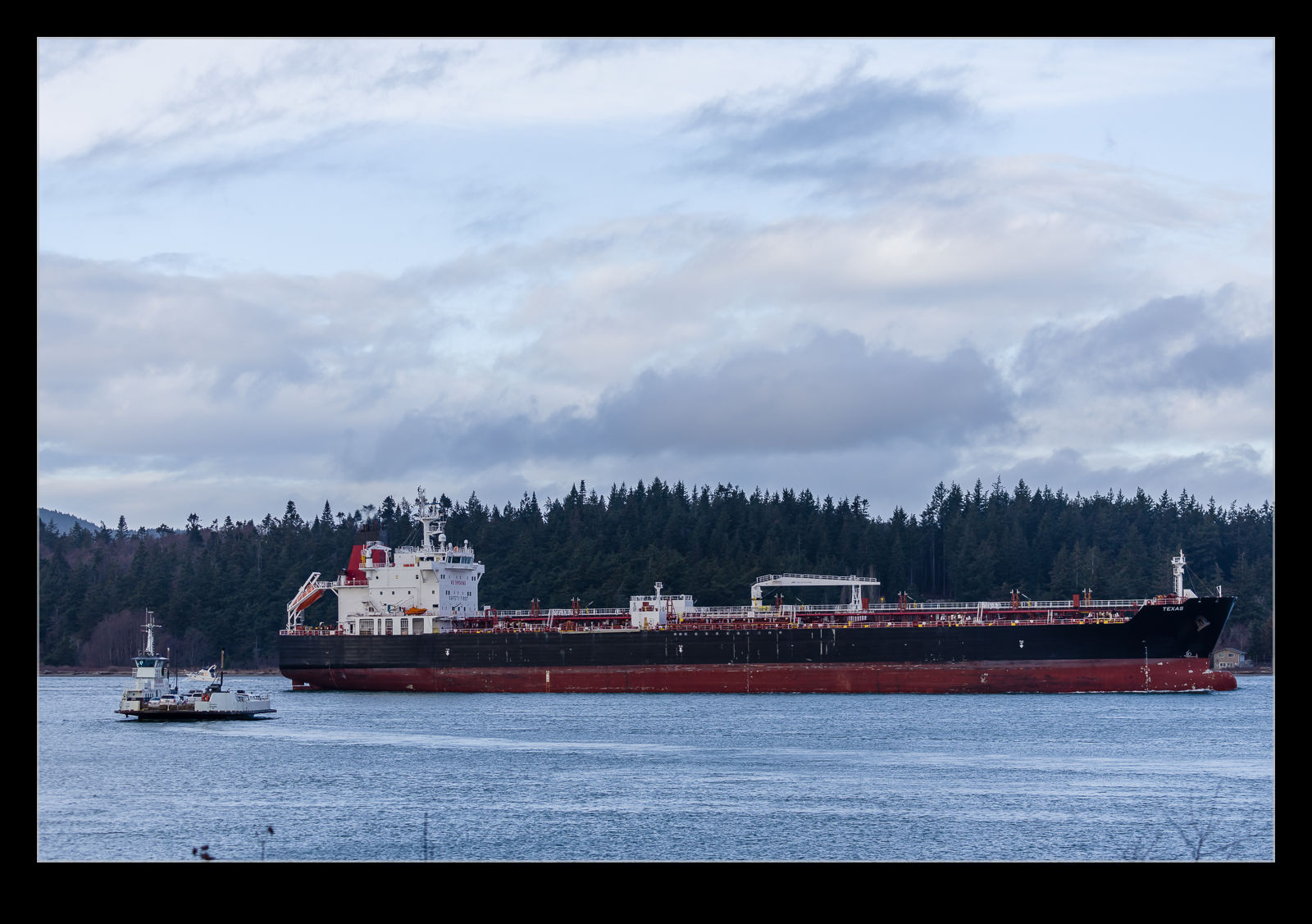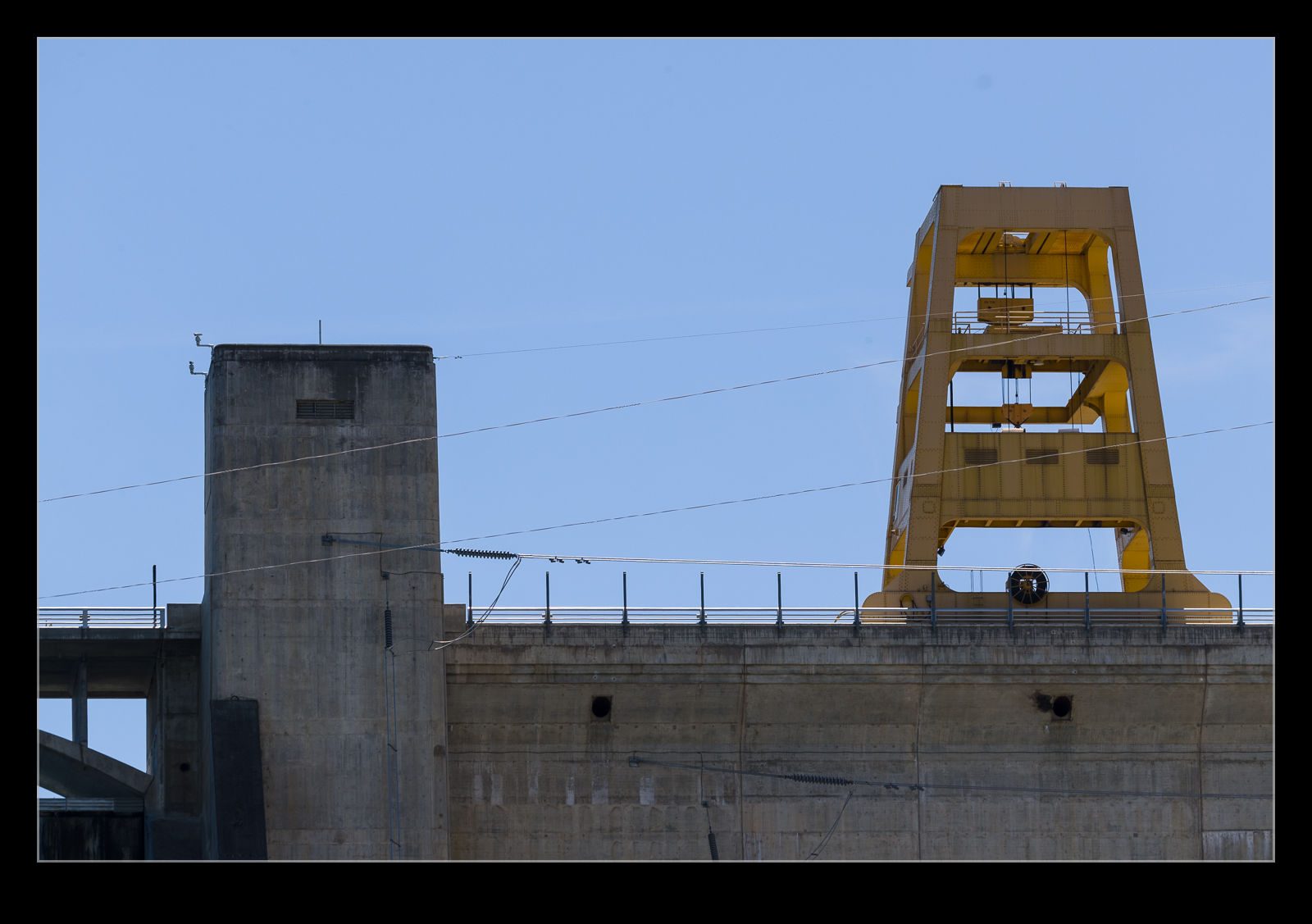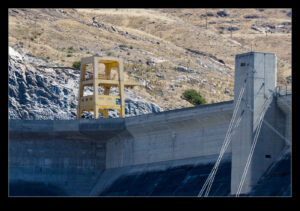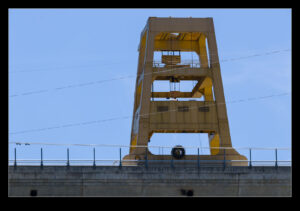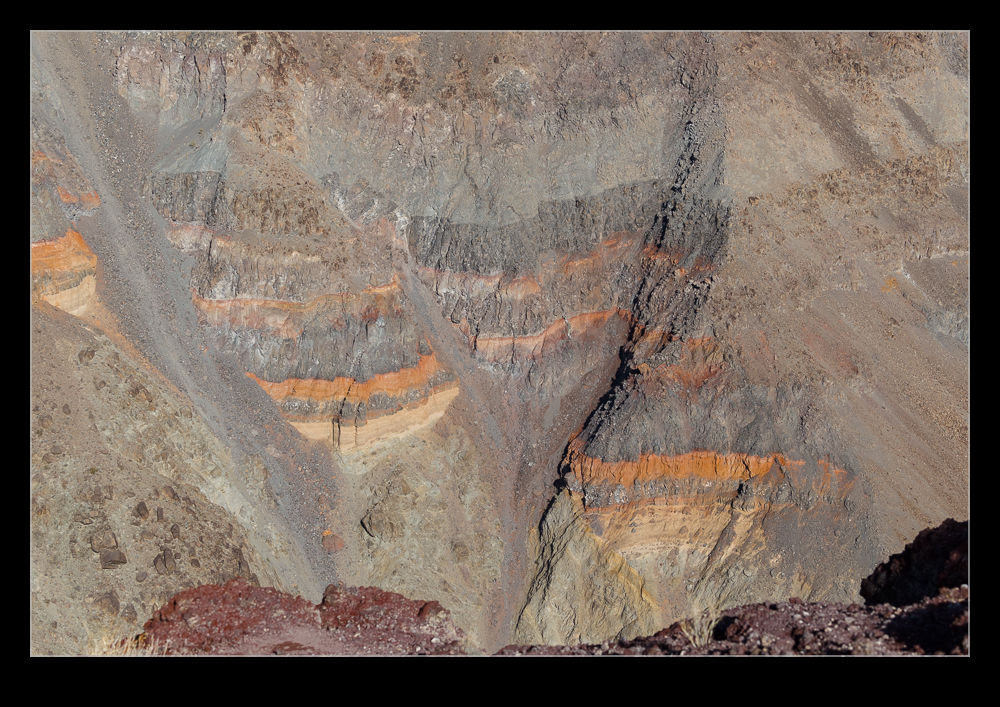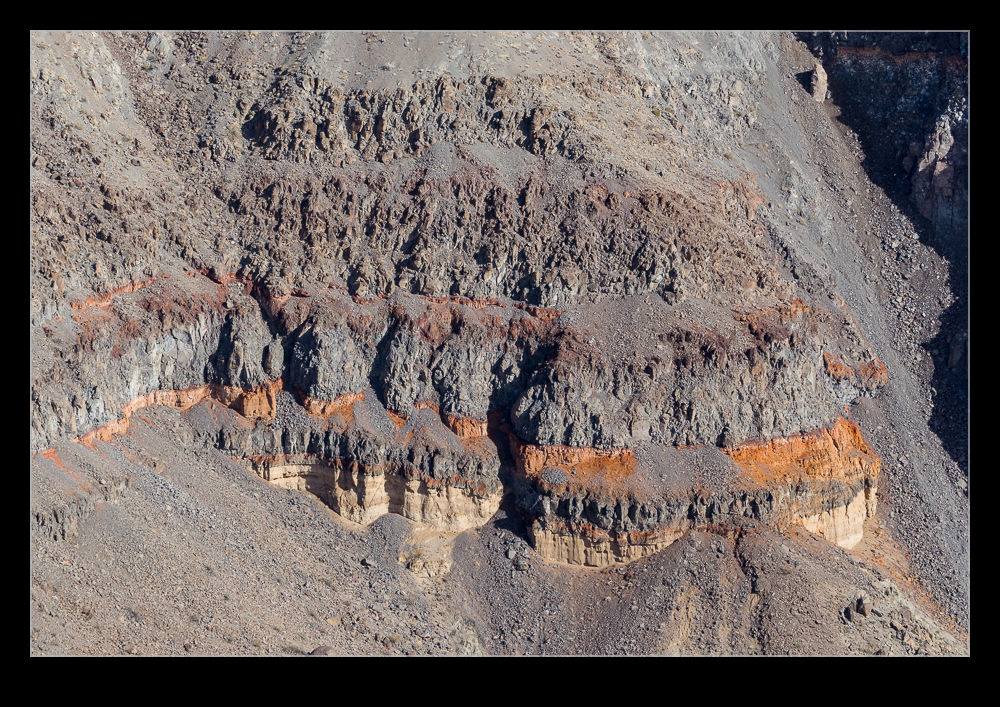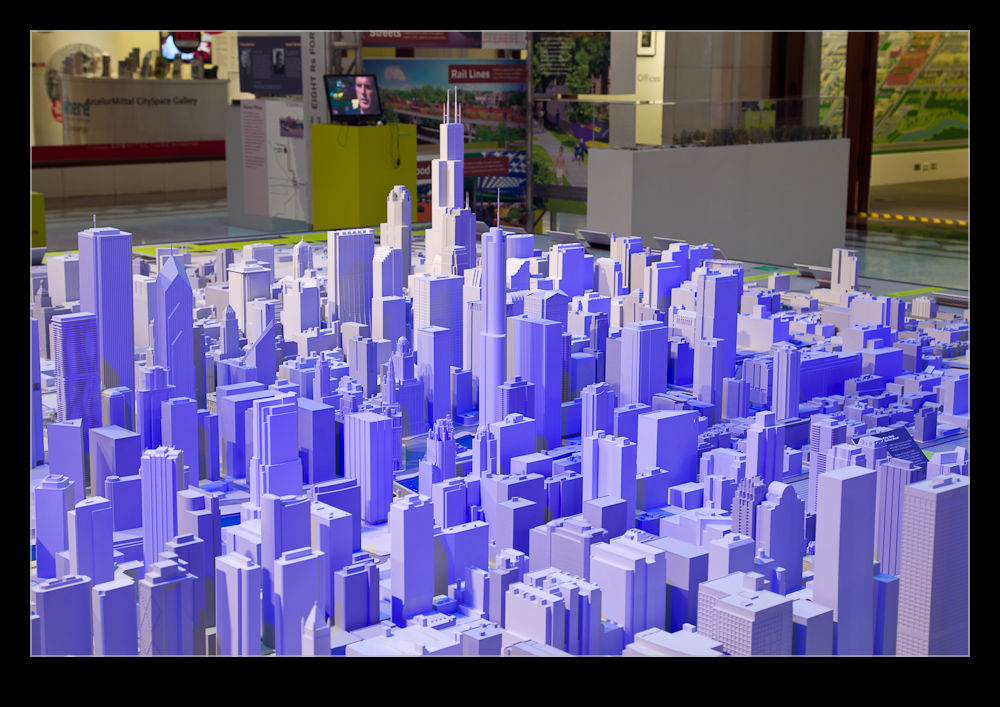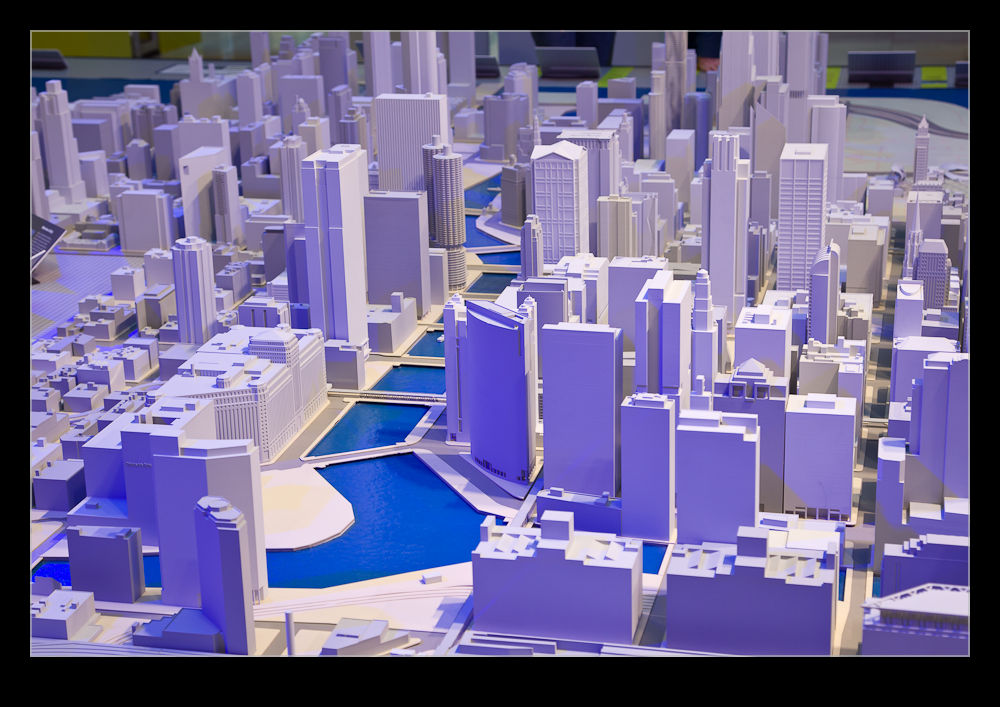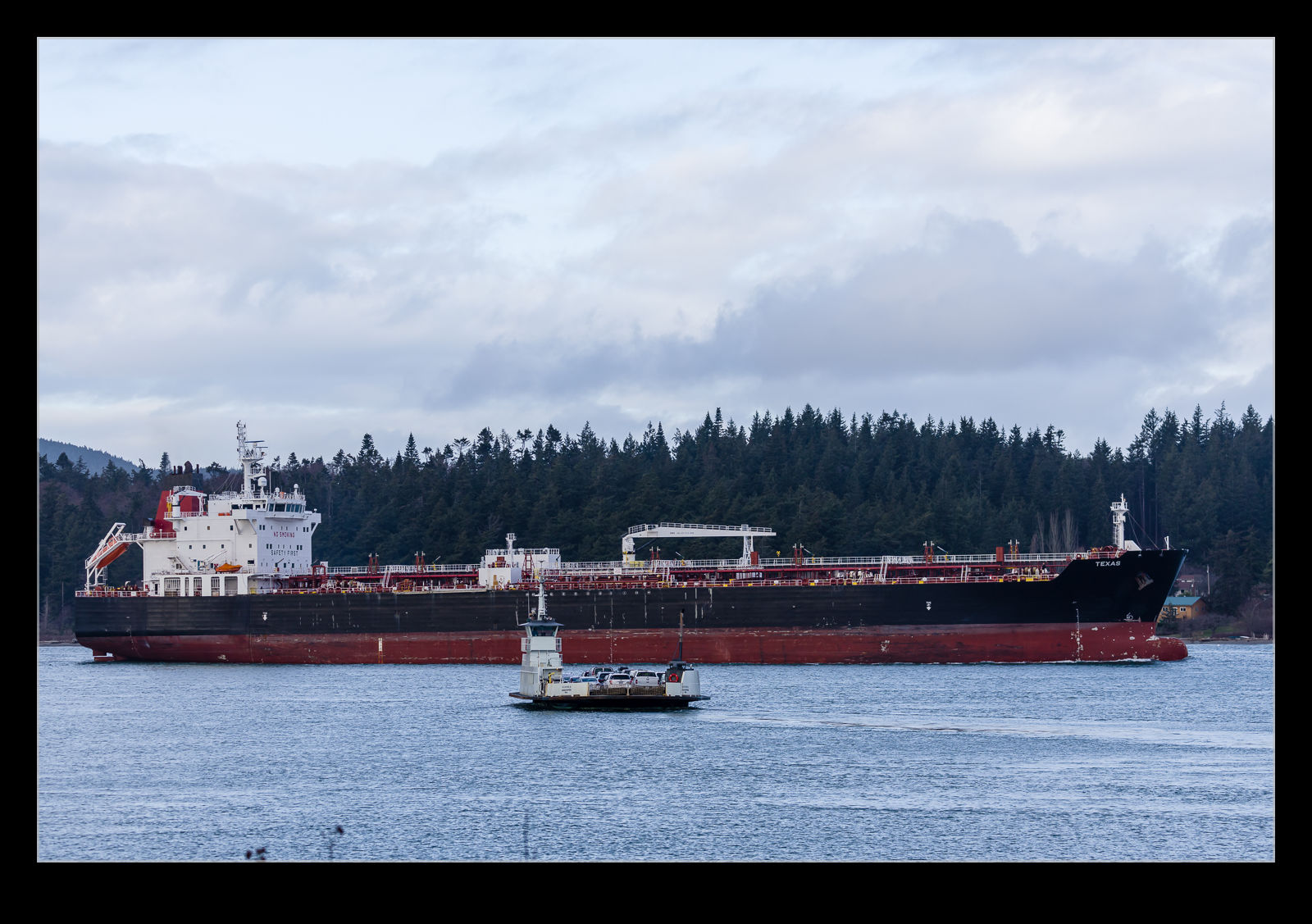 The Guemes Island ferry was busy operating across the strait between the mainland and the island while I was there. Just as it was readying to depart for another crossing, a tanker was making its way up the strait towards Anacortes. I was wondering whether the ferry would make a quick dash across before it got there but they decided the discretion was better than valor and instead headed up the strait to turn and cross behind the tanker.
The Guemes Island ferry was busy operating across the strait between the mainland and the island while I was there. Just as it was readying to depart for another crossing, a tanker was making its way up the strait towards Anacortes. I was wondering whether the ferry would make a quick dash across before it got there but they decided the discretion was better than valor and instead headed up the strait to turn and cross behind the tanker.
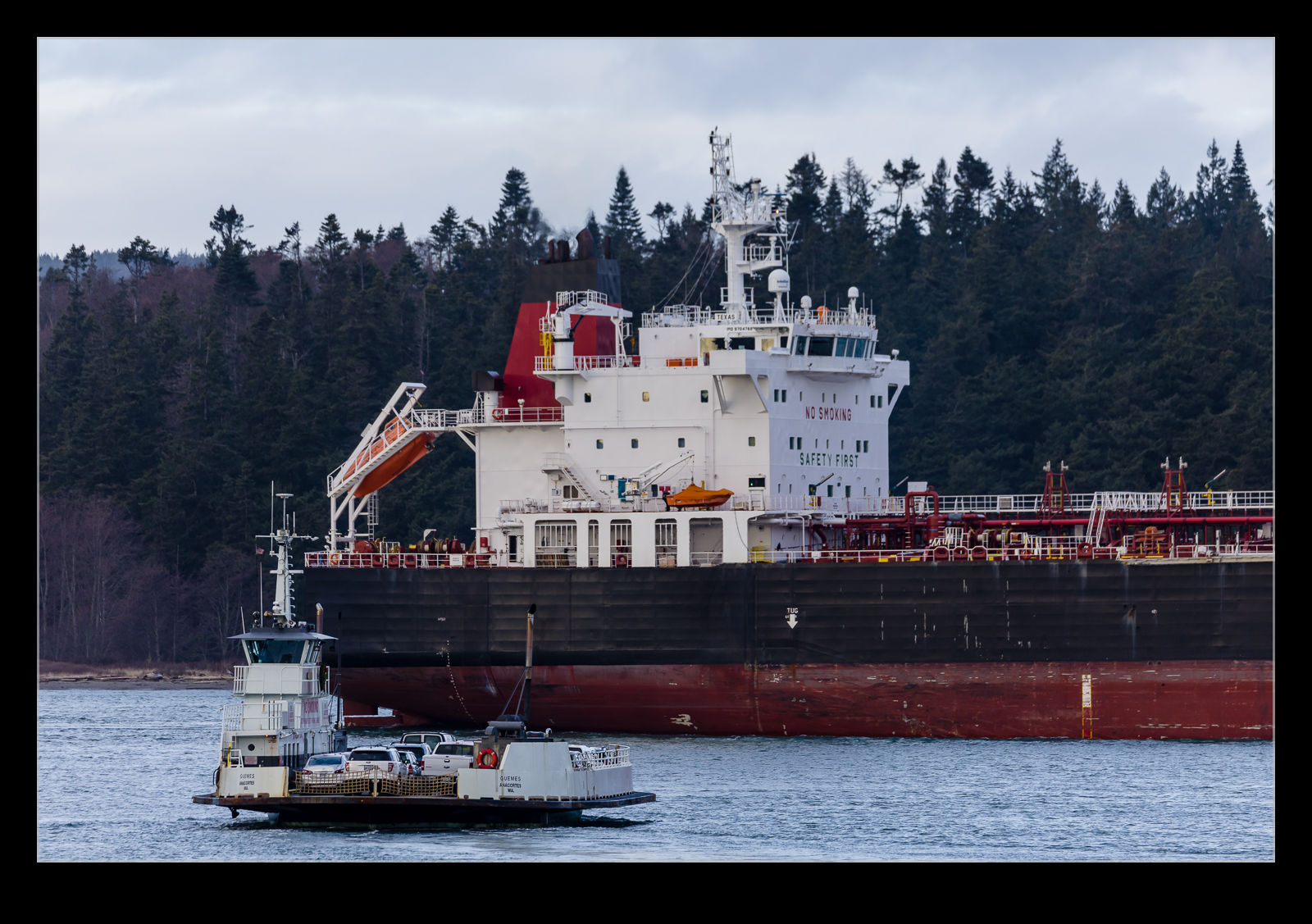 The closer that they got to the tanker, the more apparent the difference in scale between the two vessels became. When you see large ships at a distance, it is easy to lose track of just how large they are. Put something you can appreciate the scale of close to them, though, and you rapidly see that they are really big. This isn’t even a big tanker by the scale of tankers. The biggest vessels are truly enormous. I remember as a kid that one of the largest tankers was berthed in Southampton for a few years when it wasn’t in demand. That thing was massive!
The closer that they got to the tanker, the more apparent the difference in scale between the two vessels became. When you see large ships at a distance, it is easy to lose track of just how large they are. Put something you can appreciate the scale of close to them, though, and you rapidly see that they are really big. This isn’t even a big tanker by the scale of tankers. The biggest vessels are truly enormous. I remember as a kid that one of the largest tankers was berthed in Southampton for a few years when it wasn’t in demand. That thing was massive!
